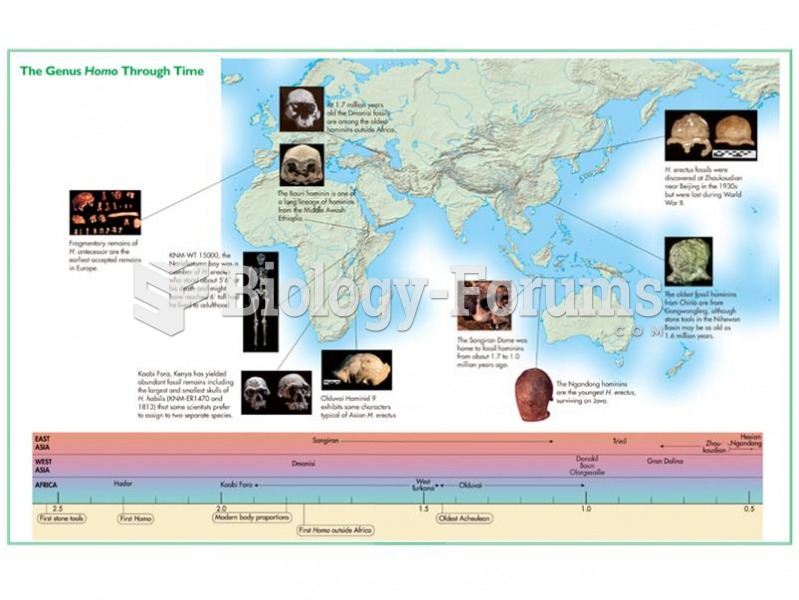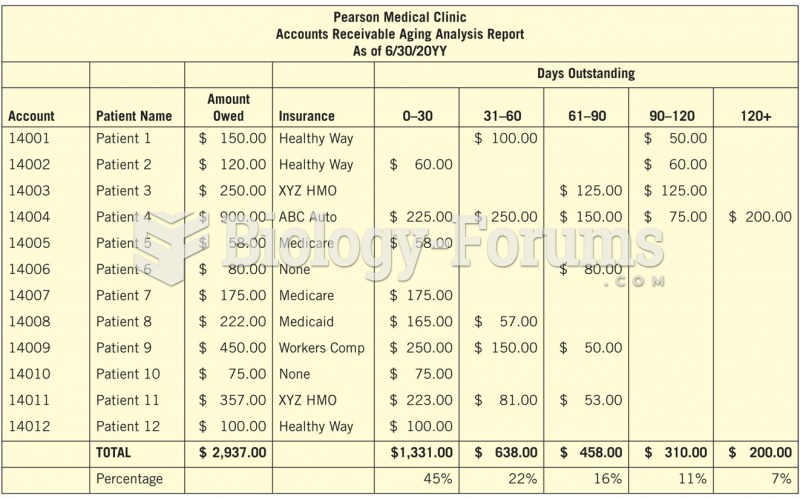Answer to Question 1
b
Answer to Question 2
Magazines. GfK Mediamark Research and Experian Simmons specialize in measuring magazine readership and determining audience size. These two companies offer very similar, yet competitive, services. Both services take large, national probability sample and query respondents to identify their media consumption habits and determine their purchase behaviors for an extensive variety of products and brands. Statisticians then employ inference procedures to generalize sample results to the total population.
Radio. Radio audiences are measured both nationally and locally. Nielsen Audio is the major company at both the national and local levels involved with measuring radio listenership and audience demographics. At the national level, Nielsen Audio owns a service called RADAR, which stands for Radio's All Dimension Audience Research. This service produces radio-listening estimates by recruiting 70,000 individuals age 12 and older, who, during a one-week period, make diary entries that identify their daily listening behavior. This research provides ratings estimates for network radio programming and audience demographic characteristics. At the local level Nielsen Audio measures listening patterns in over 294 markets located throughout the United States. Data in each designated market area (DMA) from over 350,000 randomly selected individuals aged 12 or older is collected. Respondents are compensated for maintaining diaries of their listening behavior for a seven-day period.
Television. At the national level, Nielsen Media Research uses the people meter to measure television audience size. A national sample of households (i.e., 26,000 households) are outfitted with TV set-top boxes that require consumers to punch a button to record their viewing. A family member (or visitor) is requested to push his or her designated numerical button each time he or she selects a particular program. The meter automatically records what programs are being watched, which family members are in attendance, and how many households are watching. These data are then statistically extrapolated to all households to arrive at estimates of each program's ratings on a given occasion.
Nielsen has used four different data collection procedures for estimating TV program ratings in local markets. For the top 25 DMAs, local people meters (LPMs) are used. Set meters monitor television watched on the set, but doesn't monitor the individuals. Code readers are passive meters. Paper diaries of TV viewing behavior are filled out by sample households from the remaining local markets throughout the U.S., and each household completes a 20-page diary four times a year (February, May, July, and November).
Nielsen recently unveiled its first results on viewership of TV shows on streaming services, such as Netflix. And, an effort to track radio and television viewing away from home was discontinued.







